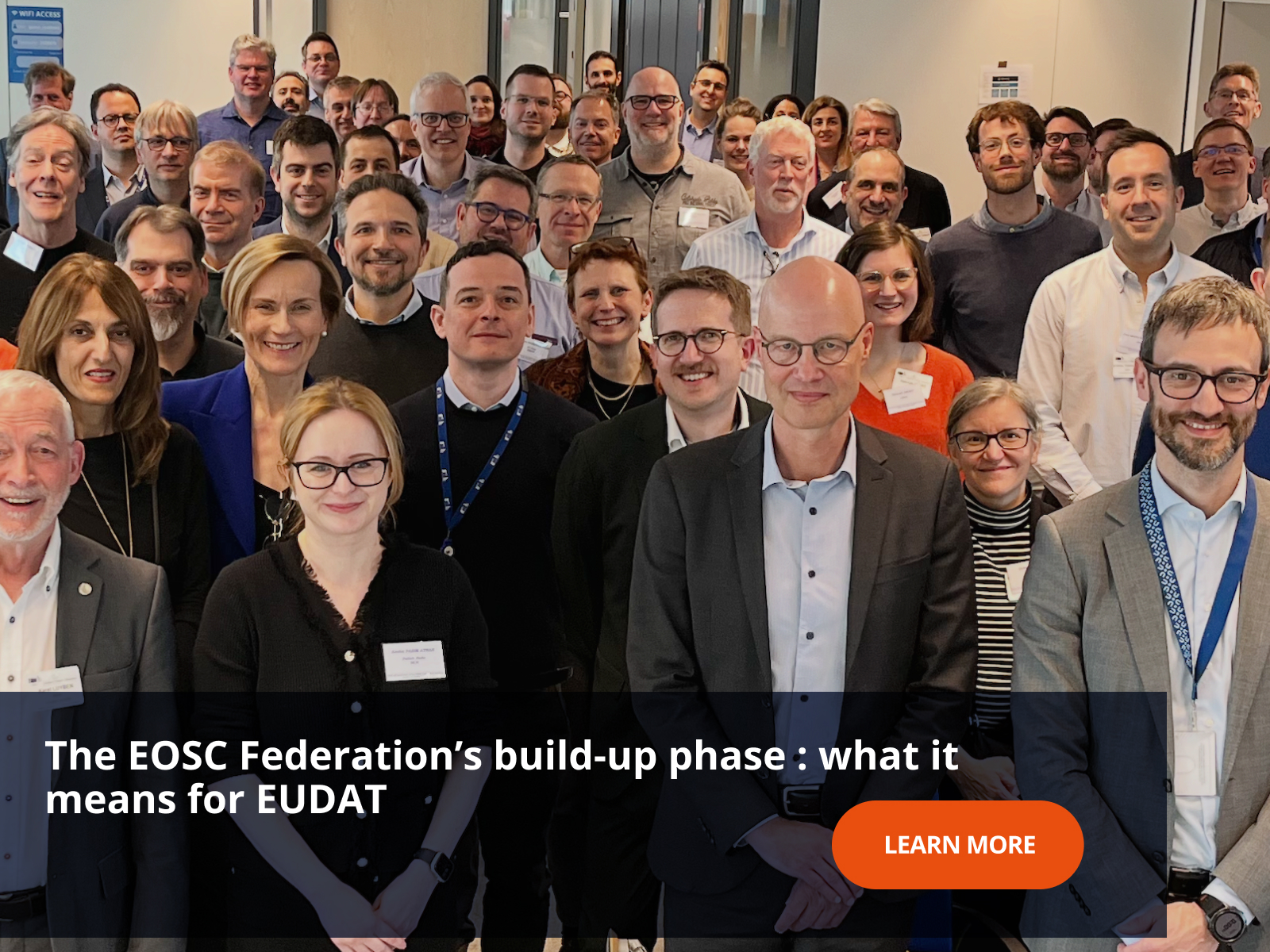
The European Open Science Cloud (EOSC) has embarked on a significant new chapter with the initiation of its Federation's build-up phase. This development was marked by a two-day workshop held on March 17-18 at the European Commission premises in Brussels, bringing together over 80 participants from the EOSC Tripartite Group—which includes the EOSC Association (EOSC-A), the European Commission, and the EOSC Steering Board—as well as representatives from the EOSC EU Node and 13 Candidate EOSC Nodes.
Who are the EOSC EU Node candidates?
From over 120 responses, the organisations selected to represent the 13 Candidate EOSC Nodes include : BBMRI ERIC, CERN, CNR ( Blue-Cloud 2026), CNRS (Data Terra), CSC-IT Centre for Science, CVTI SR, Life Science Research Node, ESRF (PaNOSC), EUDAT, Foundation ICSC, NCN, NFDI, SURF. The selected candidates reflected the EOSC Federation's goals of building community-driven goals, an iterative approach, co-creation of key elements as well as community-wide engagement.

EOSC Build-Up Phase Workshop Takeaways
While the participants had different approaches to setting up Nodes and supporting cross'node use cases, several commonalities became apparent during the two day workshop event. The alignments include :
- Many of the anticipated nodes are planning to contribute to the EOSC Federation via an incremental approach. They will begin with resources that are easier to federate in order to test as soon as possible a prototype of the Federation that can bring benefits to researchers in the short term.
- In most cases the Candidate Nodes are considering to provide the Federation with a mix of general-purpose and domain-specific resources.
- Most of the Candidate Nodes already have a compatible Authorisation and Authentication Infrastructure (AAI), as well as monitoring, helpdesk and accounting capabilities ready to be federate
- Overall, the Candidate Nodes identified more than 60 possible use cases that could be considered for implementation. On day two it emerged that many of those use cases rely on data visitation, data transfer and sensitive data cross-node workflows implementations.
What does the EOSC EU Node mean for EUDAT?
EUDAT, as a pan-European data infrastructure, plays a pivotal role in the evolving landscape of European research data management. By offering a suite of cross-disciplinary services designed in collaboration with end-users from various scientific fields, EUDAT has been instrumental in supporting the research data lifecycle.
The build-up of the EOSC Federation presents a strategic opportunity for EUDAT to further its mission by integrating its services within the broader EOSC framework. This integration would not only enhance the interoperability of EUDAT's services with other European data infrastructures but also amplify their reach and impact. By aligning with the EOSC Federation, EUDAT can contribute its extensive experience in research data management, advocate for best practices, and support the development of a federated ecosystem that promotes open science and data sharing across Europe.
Want to stay updated on EUDAT's journey as a EOSC EU Node? Sign up to our newsletter!
We encourage research and data management communities to sign up to EUDAT's newsletter for the latest events, news, and EUDAT service developments.
